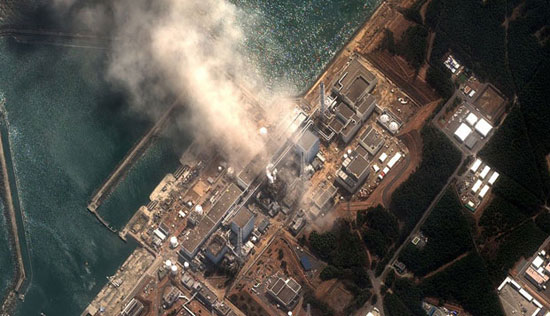The reactors at Fukushima No.1 are basically stable
According to Reuters , Yukiya Amano, Director General of the International Atomic Energy Agency (IAEA) announced on September 12 that the reactors at the current No.1 Fukushima nuclear power plant "are basically stable."

The announcement came six months after the worst nuclear disaster in the world in the last 25 years since the Chernobyl incident (1986).
Amano said all reactors are expected to "stop working in the cold state" according to the plan.
Speaking to the IAEA's 35-member board of directors, he said: "Tokyo Electric Power Company (TEPCO), which operates the plant, and Japanese authorities are working hard to control it completely. the situation and has made steady progress over the past six months.The situation in this factory is still very dangerous for many months, but at the present time, the IAEA evaluates the reactors here substantially. stability."
Inactivation in the cool state is when the water used to cool the nuclear fuel rods is maintained below 100 degrees Celsius, thereby preventing fuel from heating again.
- Japan: Save the successful reactors 5 and 6
- Smoke, steam rising from 2 Japanese reactors
- Japan plans to bury the reactors
- Nuclear reactors in Fukushima reached a steady state
- Freezing lands around Fukushima factory
- Japan will suspend 2 reactors at the Fukushima Plant 1
- The weakness of the Japanese reactor cooling system
- Japan's Fukushima plant, which is used to save asphalt
- Japan's last nuclear reactor stopped working
- The danger remains at the Japanese nuclear power plant
- Radioactivity in Fukushima is so high that the probe camera's camera is burned
- Robbing the robot in a nuclear accident in Japan
 Is the magnetic North Pole shift dangerous to humanity?
Is the magnetic North Pole shift dangerous to humanity? Washington legalizes the recycling of human bodies into fertilizer
Washington legalizes the recycling of human bodies into fertilizer Lightning stone - the mysterious guest
Lightning stone - the mysterious guest Stunned by the mysterious sunset, strange appearance
Stunned by the mysterious sunset, strange appearance